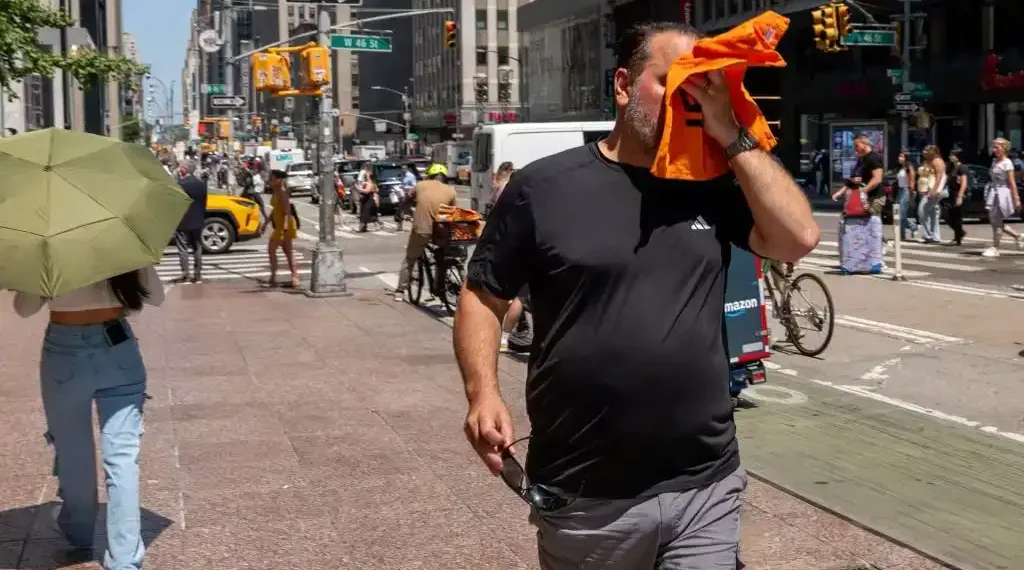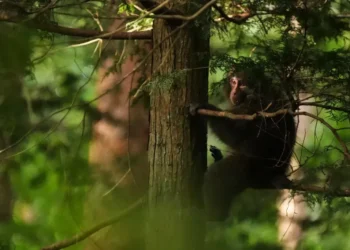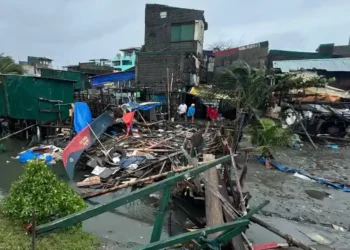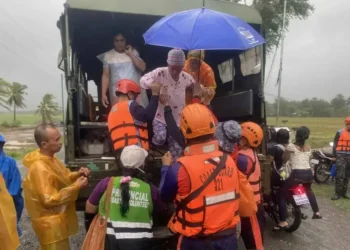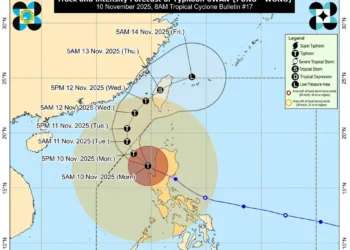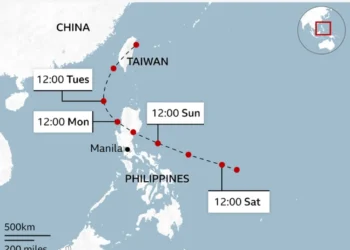The Strange Divide in How Americans Experience Summer Temperatures
Published Time: 08-19-2025, 17:05
The United States has experienced record heat this summer, yet temperature changes are far from uniform. Scientists identify a “warming hole” in certain regions where summer temperatures remain unusually moderate, revealing a complex climate pattern influenced by rainfall, land use, and oceanic conditions.
The U.S. Summer Heating Trend
Across the contiguous United States, summer temperatures are on the rise. June 2025 saw unprecedented heatwaves affecting nearly a third of the population, followed by little relief in July. According to the Environmental Protection Agency (EPA), summers in the Lower 48 are now approximately 1.6°F warmer on average than in 1896.
Summer showcases one of the most direct effects of climate change: hotter, longer, and more humid conditions. Yet, averages conceal a fractured reality—some regions experience dramatic warming, while others, particularly in the central and southeastern U.S., have seen limited temperature increases or even slight cooling.
What Scientists Call the “Summer Warming Hole”
Researchers have long noted this anomaly, often referred to as a summertime “warming hole.” Joseph Barsugli, a climate researcher at the University of Colorado at Boulder, explains:
“There are not too many places on the planet that are showing this, honestly. It’s pretty unique.”
The 2023 U.S. National Climate Assessment also highlights this trend, noting that some areas east of the Rockies have recorded decreasing summer temperatures, though warming trends have begun to emerge in the Southeast. This contrasts with the broader global pattern where land areas warm faster than oceans, as seen in Europe.
Causes Behind the Cooling Pattern
Scientists have proposed multiple explanations for the warming hole, often linked to regional rainfall and land use. In the Midwest, increased corn cultivation contributes to cooling through transpiration—a process sometimes called “corn sweat.” Jonathan Winter, a Dartmouth University professor, notes this effect has benefited crop yields.
Reforestation in the Southeast has also played a role. As forests regrew on abandoned farmland, they drew water from the soil and released it as moisture into the atmosphere, increasing humidity and moderating summer temperatures. Mallory Barnes from Indiana University observes:
“Reforestation cools off big areas, not just small areas.”
Historical factors such as the extreme summer temperatures of the 1930s Dust Bowl further complicate trends, making recent summer changes appear less pronounced compared with that era.
Rainfall and Atmospheric Influences
Recent studies, including a 2023 Journal of Climate paper, emphasize the cooling effect of rainfall. Afternoon showers and cloud cover limit daytime temperature increases, while nighttime temperatures rise as expected. Zachary Labe, a climate scientist with Climate Central, explains:
“More rain or cloudier conditions have limited daytime temperatures from rising across a large part of the region.”
Oceanic conditions also play a role. Patterns in the Pacific Ocean, such as the positive phase of the Pacific North America (PNA) pattern, influence rainfall and temperature distribution across the U.S., contributing to cooler eastern summers and warmer conditions in the West. Gerald Meehl of the National Center for Atmospheric Research confirms that sea surface temperature anomalies in the central equatorial Pacific are linked to the formation of the warming hole.
Regional Variations and Trends
The warming hole is most evident in central and southern states, including Alabama, Georgia, Kentucky, and Tennessee. Historical cooling in the 1960s and 1970s has moderated, though temperatures have not consistently exceeded earlier 20th-century highs. In Tuscaloosa County, Alabama, summer temperatures still reflect this anomaly.
It’s important to note that limited summer warming does not imply a lack of overall annual warming. Summer represents just one-quarter of the year, and other seasons continue to show pronounced temperature increases.
Political and Social Observations
The warming hole tends to affect regions that predominantly vote Republican, though research indicates that local temperature patterns have minimal impact on political beliefs. James Druckman, a political scientist at the University of Rochester, notes:
“I don’t think they’re having a substantial impact on what people think. They might at the margin.”
Nevertheless, the anomaly has drawn attention from some climate critics, including Alabama State Climatologist John Christy, who co-authored a report questioning exaggerated projections of regional warming. Climate scientists caution that these variations are temporary and influenced by local factors like rainfall.
Future Outlook
Barsugli emphasizes that the warming hole may not persist indefinitely:
“If you do have a very dry year, it probably means you’ll break records in maximum temperatures. It’s sort of a latent threat.”
Winter adds that the tug-of-war between rainfall and rising temperatures may eventually dissipate, resulting in summer temperatures more consistent with broader U.S. warming trends. The warming hole illustrates the complex interplay between land use, precipitation, and atmospheric patterns that shape the summer climate Americans experience.
This article was rewritten by JournosNews.com based on verified reporting from trusted sources. The content has been independently reviewed, fact-checked, and edited for accuracy, neutrality, tone, and global readability in accordance with Google News and AdSense standards.
All opinions, quotes, or statements from contributors, experts, or sourced organizations do not necessarily reflect the views of JournosNews.com. JournosNews.com maintains full editorial independence from any external funders, sponsors, or organizations.
Stay informed with JournosNews.com — your trusted source for verified global reporting and in-depth analysis. Follow us on Google News, BlueSky, and X for real-time updates.
